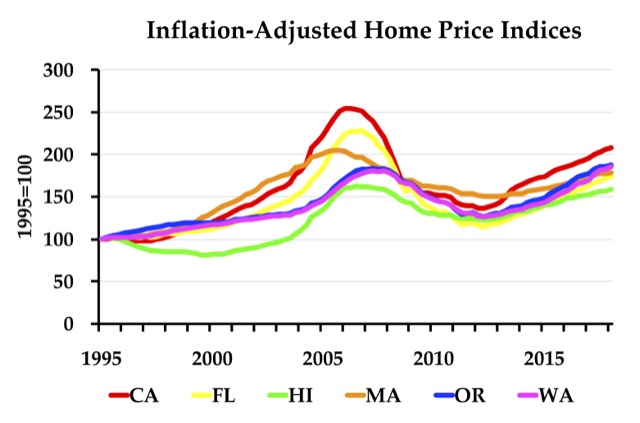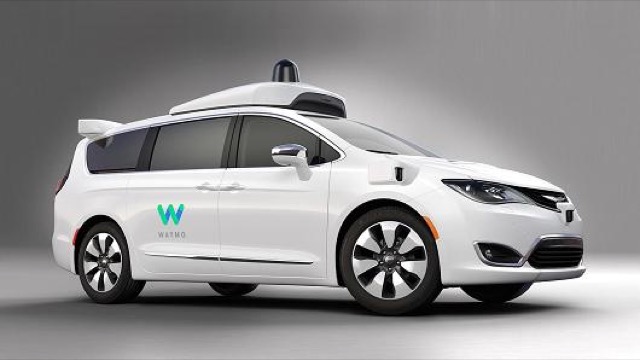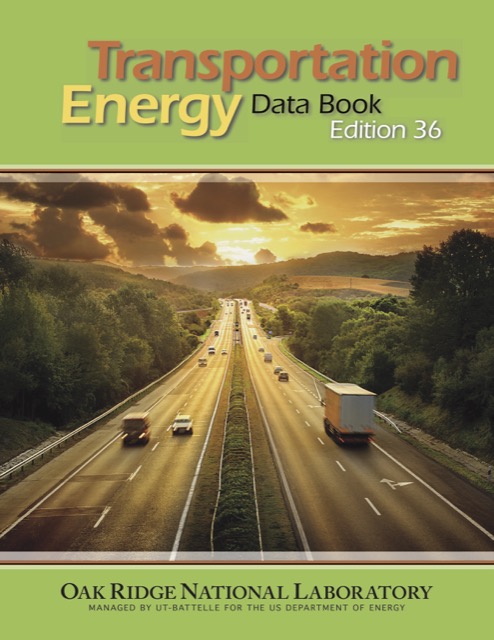Tomorrow the Antiplanner will review more 2017 census data, but today I’ll briefly comment on a few events that took place while I was reviewing census data last week. First, the New York Metropolitan Transportation Authority is blaming subway delays on the passengers, claiming that late-arriving riders sticking their feet in the doors as they are closing are responsible for slow trains. Because no one ever did that before this year!
Speaking of the MTA, a member of MTA’s board is suing Mayor de Blasio and New York policy commissioner James O’Neill for their failure to release data on subway fare evaders. Because it is easier to blame financial problems on someone else than it is to actually do your job of overseeing the agency’s finances.
Speaking of fare evaders, San Francisco’s Muni is upset to discover that one out of four transit riders on the city’s famous cable cars aren’t asked if they have paid their fares. Since most riders pay before they board, this doesn’t mean that one in four haven’t paid, only that they haven’t had their tickets checked by the conductor. Continue reading










